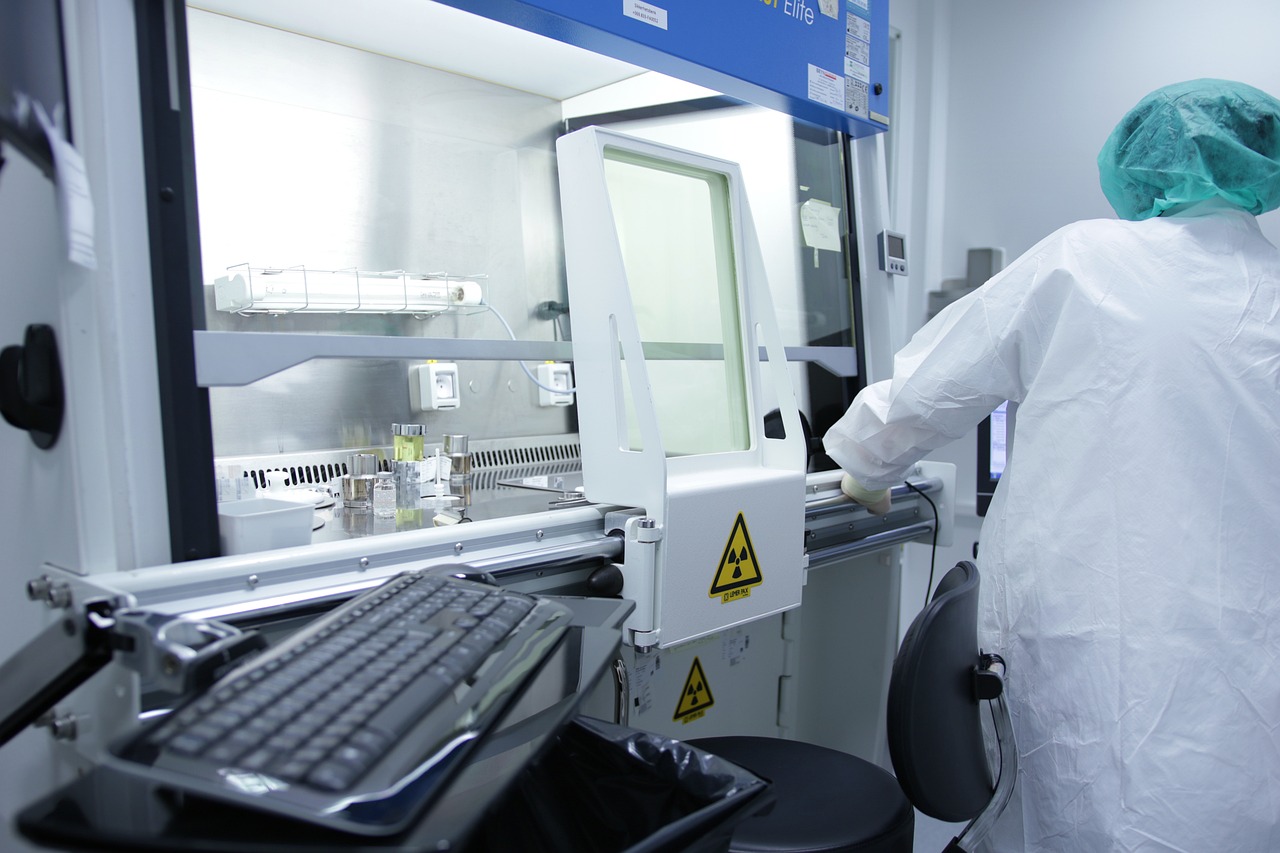Managing a hospital takes careful planning to get doctors the necessary tools and supplies to treat patients. The risk of contamination and related complications only makes this task more difficult. Hospitals mitigate this risk by employing a variety of medical sterilizers. Each technology has strengths and weaknesses, but together they help support a hospital’s success.
FDA Approved Medical Sterilizer Solutions Used in Hospitals
The United States Food and Drug Administration approves many disinfection solutions for hospitals. Their strengths complement each other, so many medical facilities use more than one solution. Here are a few examples of medical sterilizers used in hospitals:
Moist Heat Sterilization
An autoclave is a pressurized steam chamber that uses moist heat to sterilize medical equipment.
An operator puts equipment inside the autoclave and seals it. The autoclave replaces the air in the chamber with pressurized steam. Pre-vacuum autoclaves use a vacuum pump to remove the air. Gravity displacement autoclaves pump steam into the vessel to displace the air inside.
The sterilizer pumps pressurized steam into the chamber to increase the pressure and temperature inside the autoclave. When the chamber reaches the desired pressure and temperature, the autoclave holds it stable through the disinfection cycle.
Autoclaves reach pressures of about 15 psi and temperatures between 121° and 140° C. Once reached, the autoclave holds the temperature and pressure steady for 15–20 minutes. These temperatures are well above the temperature needed to kill harmful bacteria.
Dry Heat Sterilizers
Dry heat sterilizers are similar to autoclaves because they rely on high temperatures to kill microorganisms.
The main difference is that dry heat sterilizers use convection to heat equipment to the target temperature. Dry heating takes more time than steam disinfecting. It takes up to two hours to sterilize equipment with dry heat, but this method is better for medical tools vulnerable to water damage and corrosion.
Ethylene Oxide
Ethylene oxide disinfection uses the gas ethylene oxide to disinfect medical equipment. This method works by deactivating proteins in the structure of bacteria cells and damaging DNA and RNA molecules.
Ethylene oxide sterilizers are sometimes called “gas sterilizers.” Ethylene oxide is a good solution when cleaning tools that are sensitive to heat or moisture. Ethylene oxide safely sterilizes instruments made from certain types of plastic or resin. It is also commonly used for medical supplies with multiple packaging layers or hard-to-reach places.
The main drawback of ethylene oxide disinfection is the chemical’s high reactivity. Ethylene oxide is flammable and presents some health risks. It is still used in hospitals but is better suited to large-scale manufacturing.
Hydrogen Peroxide Sterilizers
Vaporized hydrogen peroxide sterilizers use hydrogen peroxide as a sterilizing agent. Hydrogen peroxide breaks down into free radicals that destroy organic compounds. This kills microorganisms by oxidizing the proteins and lipids that make up their cells.
VHP sterilizers are a low-temperature means of disinfection. This makes it a good solution for disinfecting temperature-sensitive equipment. Unlike ethylene oxide, hydrogen peroxide breaks down into water and oxygen, so there is less concern about toxicity. The time it takes to aerate equipment after sterilization is also reduced.
Other Sterilization Strategies Used in Medical Facilities
The traditional approach to sterilizing high-contact surfaces is to use common chemical disinfectants. Newer technology also enables two more strategies for keeping hospital patients and staff safe.
Ultraviolet Light Sterilizers
Ultraviolet sterilizers use UV-C light to destroy pathogens. UV-C is a non-toxic solution for sterilizing food, air, water, and facility surfaces. Ultraviolet light destroys bacterial and viral genetic molecules.
Photocatalytic Surfaces
Photocatalytic surfaces use photocatalytic materials to destroy microorganisms and organic compounds on the material’s surface.
When in contact with light, photocatalytic surfaces release electrons that bind with oxygen to form peroxide anions. These anions react with organic materials like lipids and proteins in bacterial cell walls.
After releasing electrons, the photocatalytic surface becomes positively charged. The charged surface creates hydroxyl radicals by stripping electrons from moisture in the air. The hydroxyl radicals decompose organic contaminants into water and carbon dioxide.
This technology is a great way to keep high-contact surfaces like desktops and door handles sterile and bacteria-free.
Try Out Reliable Medical Sterilizers Today
Each medical sterilizer strategy has its advantages and disadvantages. These complementary technologies give medical staff an edge in the effective treatment of their patients. Look for a reliable medical sterilizer that fits your needs.





Be First to Comment